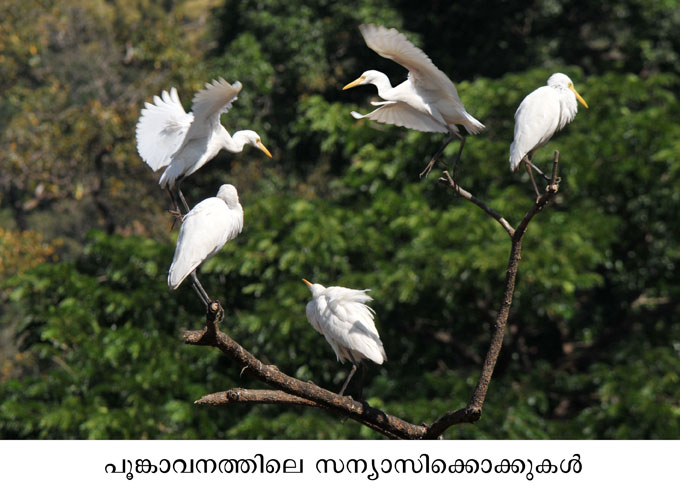Ayyappan Kaavu
EVOLUTION OF AYYAPPAN KAAVU-S
Man's sense of spirituality signifies his natural evolutionary trend. It is the expression of his inner prompting to expand and realize his divine potentials. The primitive man externalizes this potential for expansion by a stone or tree and worships it. He derives an inner satisfaction and strength by such externalisation of the divine potential within. Often he intuition ally places a stone or a figure at a spot vibrant with spiritual power and the worship of it reinforces his spiritual striving. It is this primeval, unconscious striving that eventually unfolded itself as the profound spiritual wisdom of the sages, who formulated such sciences of spirituality as Yoga, Thanthra, etc. Temple worship is an applied science based on such sciences, and the external worship is a means for inner spiritual reinforcement.In between such spiritual symbolisation of the primitive man and the evolution of temples there had been a few phases of transition in the mode of worship. One such phase is known as Kaavu-s in Malayalam, which are places of worship with groves of tall trees and shrubs under which stones or images representing Deities are worshipped, They continue to exist even today side by side with several temples. Many Kaavu-shave developed into full-fledged temples.

Some of the Kaavu-s and temples might have become centres of Jaina and Buddhist modes of worship when Jainism and Buddhism flourished in Kerala, and then with their decline, reverted to the former Hindu forms adopting some of the Jaina or Buddhist rituals also. It should be remembered that Hiduism, Jainism and Buddhism arc not watertight compartments, but aspects of the same cultural stream which constantly renews itself. And one should not forget that according to India's spiritual vision, despite the variations in religious pursuits, all are essentially worshipping the same spiritual content and are trying to evolve to that Reality into their respective ways.
Legend has it that Kerala is a land recovered from the sea by sage Parasuraama, one of the incarnations of Lord Vishnu, who threw his axe southwards from Gokarna. The axe fell at Kanyakumari and the ocean retreated up to this place exposing a strip of land, which is Kerala. The sage divided the land into sixty four parts and gifted them to Brahmins whom he brought from the south of the Vindhya ranges. Parasuraama consecrated several Shaastha temples in the mountainous regions and river banks, as the guardian Deities of the land. Of them, five temples are prominent. They are located at Sabarimala, Achankovil, Kulathupuzha, Ariankavu and Sasthamkotta. Another Saastha temple at Pakkil in Kottayam district, believed to have been founded by Sage Parasuraama, has some spccial features of its own. The idols of these temples represent different divine aspects of Lord Dharma Saastha. In Achankovil He is depicted as a Grihasthaashrami, a householder, with two consorts, Poorna and Pushkala, symbolic of perfection and prosperity as the names signify; at Ariankavu as an adolescent youth, at Kulathupuzha, a child; at Sabarimala, a Brahmachaari, a celibate.

